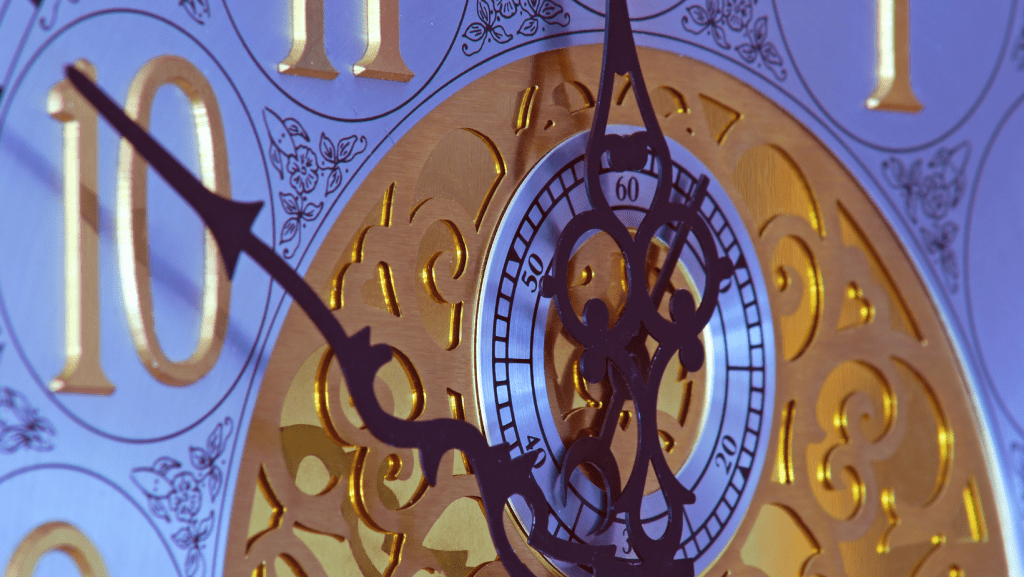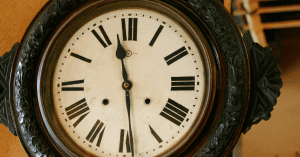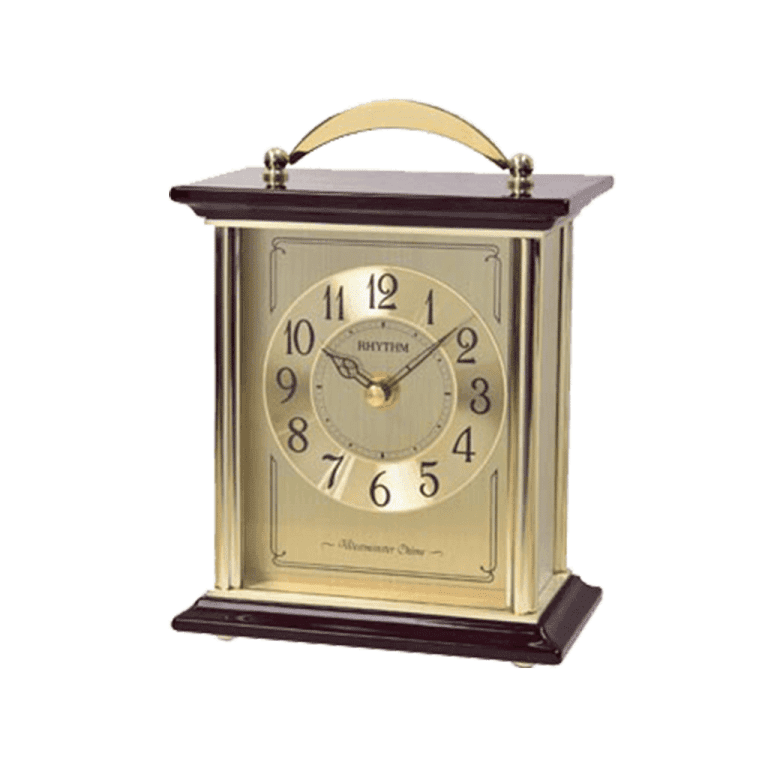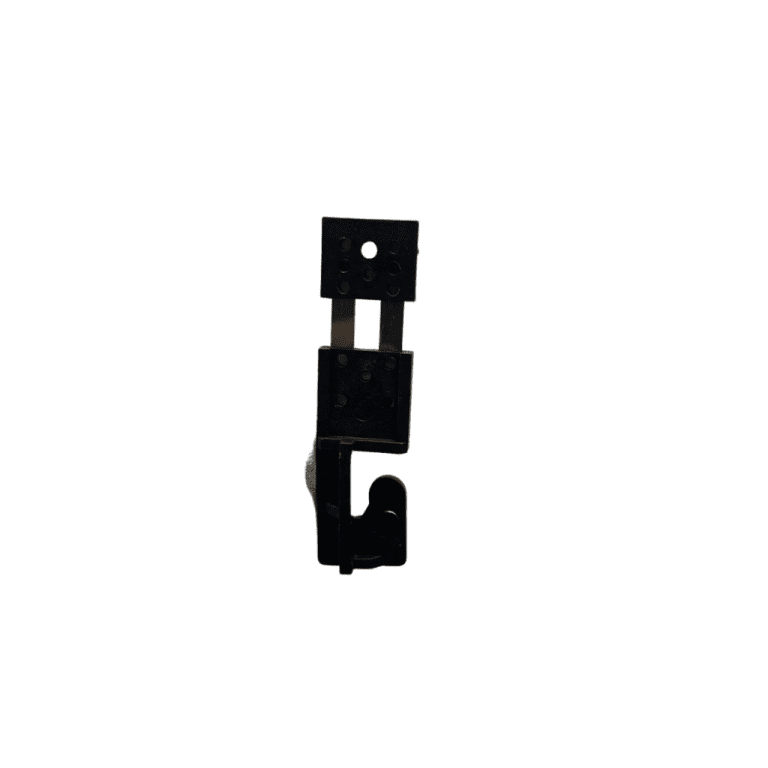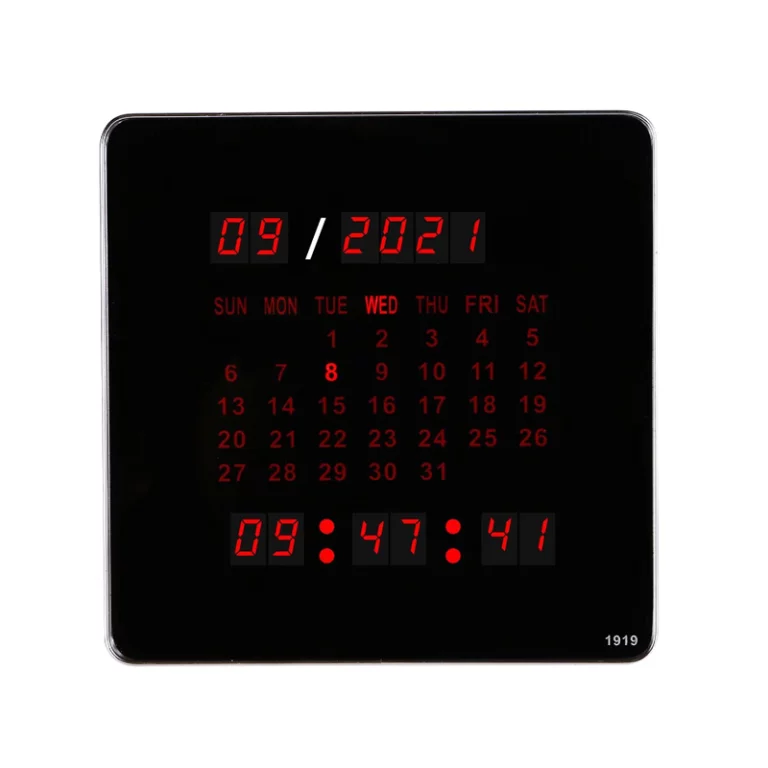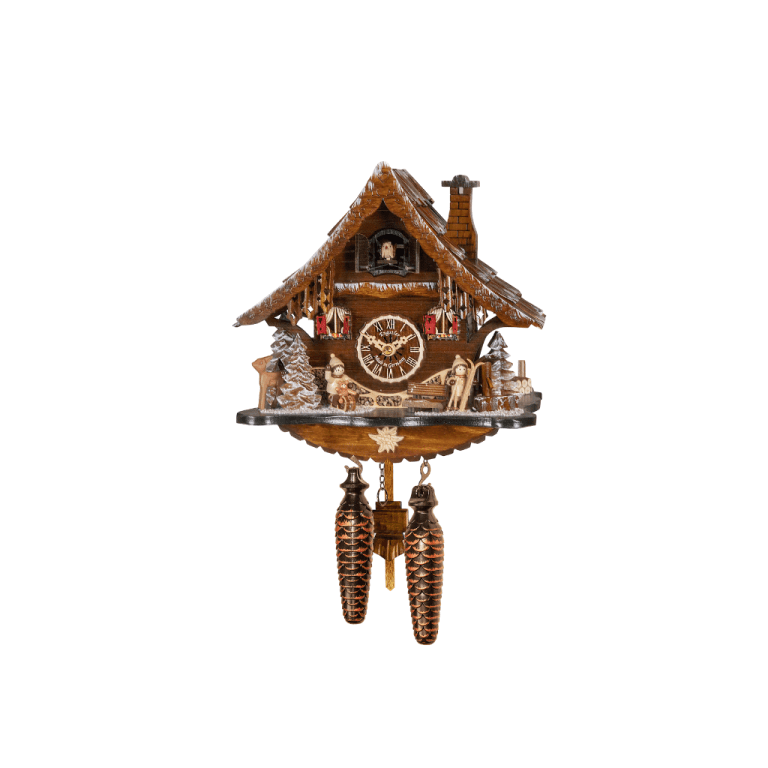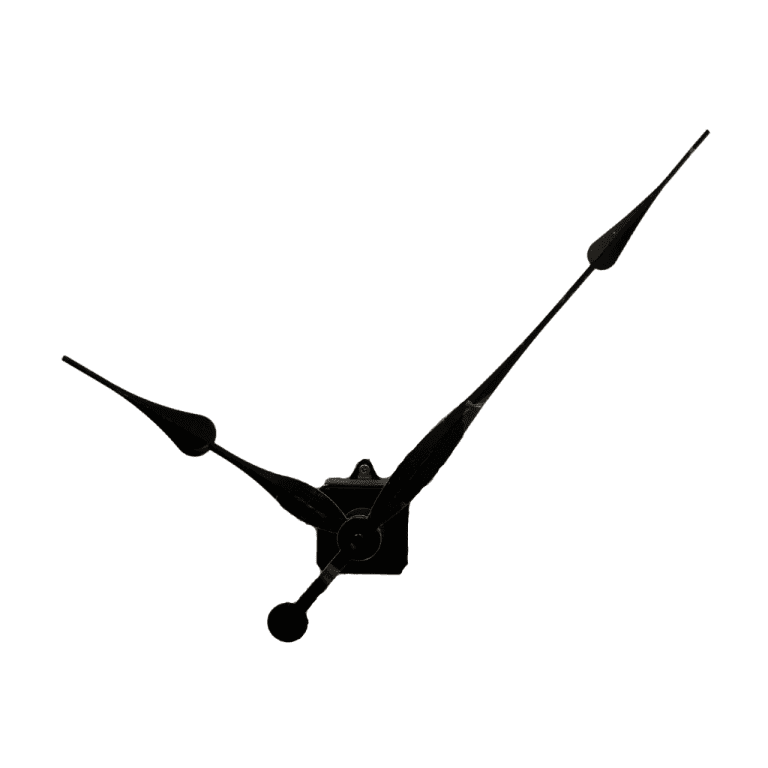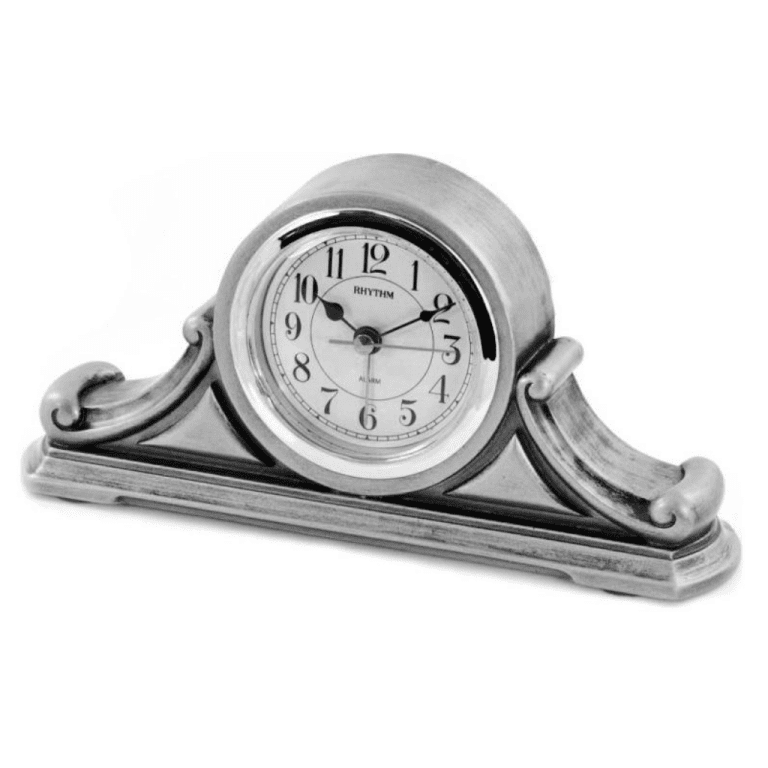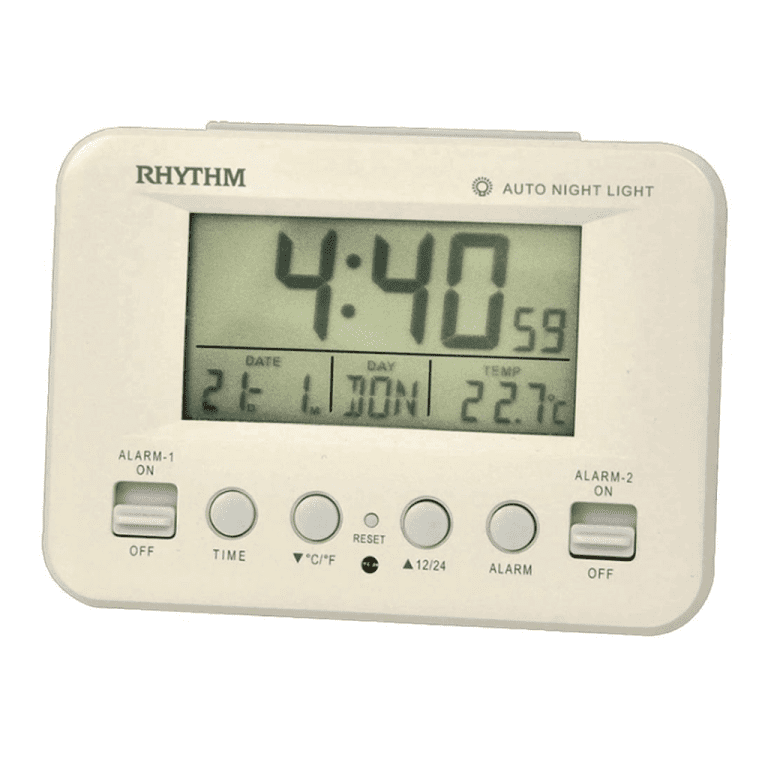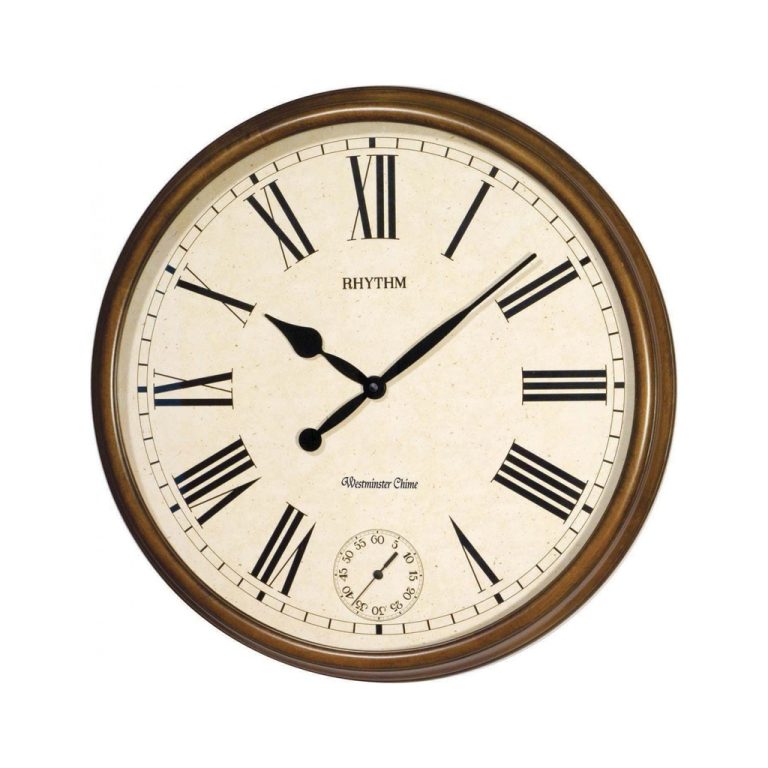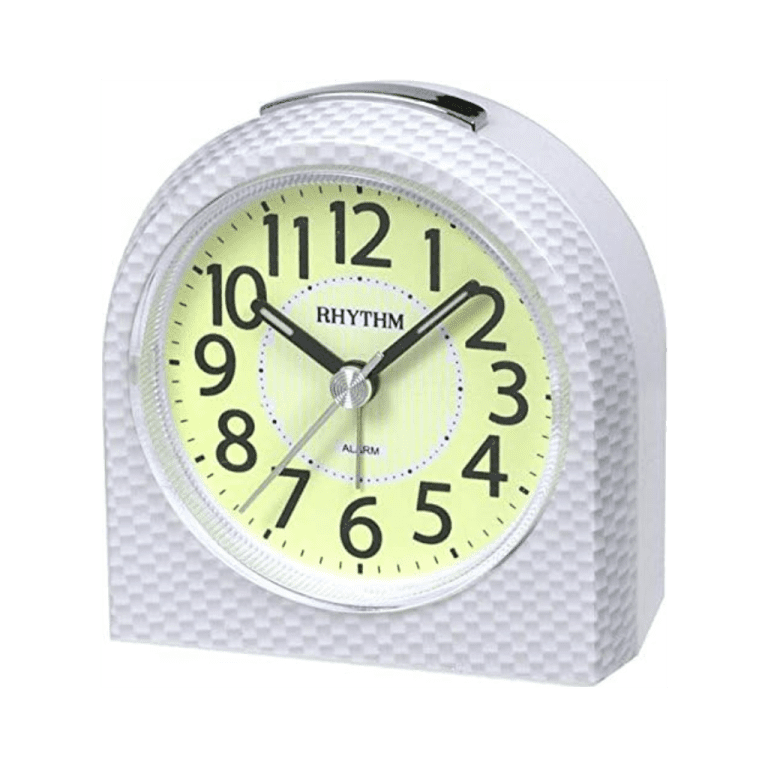How long has that antique grandfather clock been sitting in your dining room? Have you ever wondered what makes it, quite literally, tick? How exactly did timepieces manage to keep accurate time without things like batteries (and cellular data) to keep them running? Ready to know the answer? It’s all about the way the clock moves.
Tourbillion Movement
On June 26, 1801, Abraham-Louis Breguet, a French-Swiss watchmaker, patented a mechanism called a tourbillion (French for whirlwind) to add to the other mechanics of a watch or clock escapement. He had originally developed the mechanism in 1795. The tourbillion mounts the escapement and balance wheel in a rotating cage. This effectively counters the influence of gravity and prevents the timepiece from getting stuck in any one position by allowing the entire balance wheel/escapement assembly to continuously rotate at a slow rate (approximately one revolution per minute). The result: positional errors get averaged out and you end up with a much more accurate timepiece.
Shift from function to art
The tourbillion was originally invented to make timepieces much more effective, but today the tourbillion has become ‘timely’ in a different way. Now its presence on a clock suggests not only a nod to the original inventor and the watchmaking trade, but the old technology is also being featured as an art form, adorning some of today’s expensive modern timepieces. Just take a look at the clocks at Carnegie Hall. The newest addition was unveiled in 2012, but its gold back and white backlit face, featuring a giant tourbillion just below the 6 o’clock mark, provides a good example of how the old technology is now being remastered to turn its timekeeping mechanisms (and the clockmaking process) into a work of art.
Looking to feature a tourbillion in your own home?
While many watchmakers (for instance, Kieninger) still use the technology, only a very few of the highest end modern clockmakers still use the tourbillion. That doesn’t mean you are out of luck, though. Timely and Timeless carries a whole collection of clocks that use and feature the tourbillion mechanism. Bring the latest and greatest style of clock art (a form that is as functional as it is fashionable) into your home with the Kieninger Tourbillon Bells Mantel Clock, which also features a nested bell and triple chimes (you won’t know whether to watch the whirlwind or the nine-diamond cut bells first)! You can also check out the Kieninger Tetrika Design-Cube, which features triple chimes and a stark, chrome contrast to its satin red—or whatever color you choose—finish. Panoramika Clocks come in exclusive dark and light wooden finishes, and the Kupola is iconic. If you are looking for the absolute cutest clock ever, then you want the Akkurano Clock. It is miniature in size but huge in style and statement—particularly because of the key feature (it is actually the most adorable thing ever).
Credited to:https://timelyandtimeless.com/

